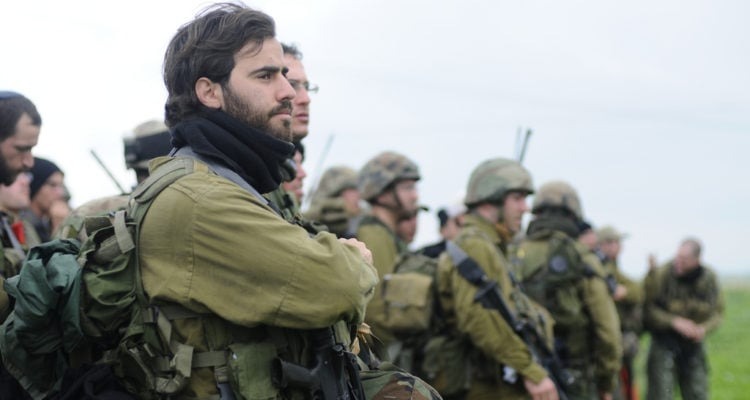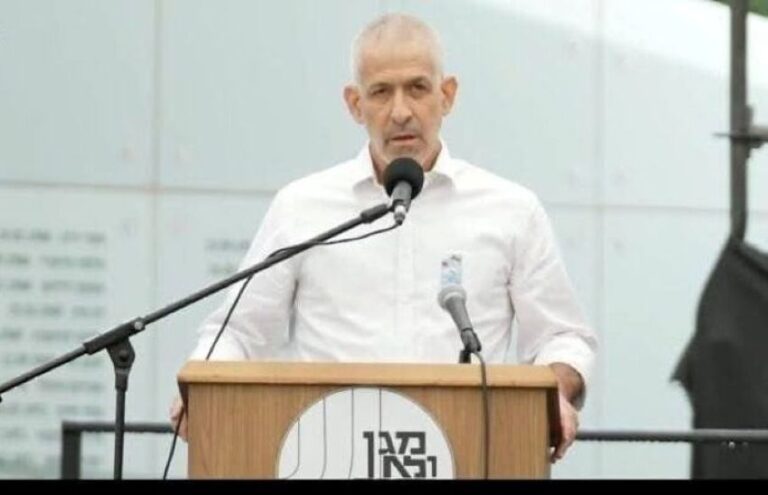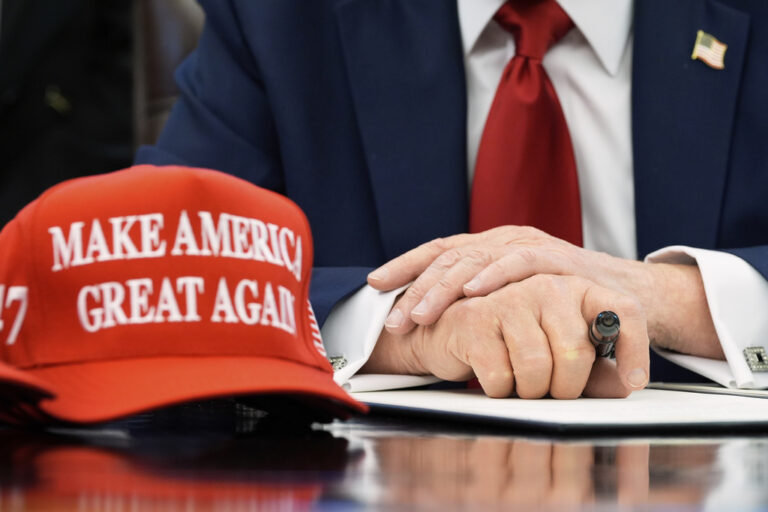Guatemalan police and soldiers launched tear gas and wielded batons and shields against a group of Honduran migrants that tried to push through their roadblock early Sunday.
A group of about 2,000 migrants had stopped short of the roadblock the night before. The roadblock was strategically placed at a chokepoint on the two-lane highway to Chiquimula in an area known as Vado Hondo. It’s flanked by a tall mountainside and a wall leaving the migrants with few options.
Some 100 migrants tried to make their way through authorities around 7:30 a.m. Sunday. The security forces beat them back and deployed tear gas. None made it through and the larger remaining contingent kept its distance during the melee.
Video shows migrants break through Guatemala's border security lines today, entering Guatemalan territory through the El Florido Border Post and failing to comply with immigration and health requirements. pic.twitter.com/fQIKZYi7ix
— The Hill (@thehill) January 17, 2021
YESTERDAY: Dramatic video shows people from the Honduran migrant caravan pushing past border control to cross into Guatemala. pic.twitter.com/lATvwr4O0P
— The Hill (@thehill) January 17, 2021
Some migrants were visibly injured by baton strikes. One man, who did not give his name, leaned against a wall near police with a bandage atop his head.
“They hit me in the head,” he said. “I didn’t come with the intention of looking for problems with anybody. We’re brothers, Central Americans. We’re not looking for trouble. We just want to pass.”
Guatemalan soldiers and police had blocked part of a caravan of as many as 9,000 Honduran migrants Saturday night at a point not far from where they entered the country, seeking to reach the U.S. border.
The soldiers and riot police — about 450 in total — formed ranks across a highway.
Guatemala’s immigration agency distributed a video showing a couple of hundred men scuffling with soldiers, pushing and running through their lines, even as troops held hundreds more back Saturday night.
Guatemalan President Alejandro Giammattei issued a statement calling on Honduran authorities “to contain the mass exit of its inhabitants.” On Friday, the migrants entered Guatemala by pushing past about 2,000 police and soldiers posted at the border; most entered without showing the negative coronavirus test that Guatemala requires.
“The government of Guatemala regrets this violation of national sovereignty and calls on the governments of Central America to take measures to avoid putting their inhabitants at risk amid the health emergency due to the pandemic,” Giammattei’s statement continued.
Guatemala has set up almost a dozen control points on highways, and may start busing more migrants back to Honduras, as it has done before, arguing they pose a risk to themselves and others by traveling during the coronavirus pandemic.
Governments throughout the region have made it clear they will not let the caravan through.
Mexico mounted a dissuasive campaign at its southern border, circulating videos and photos of thousands of National Guardsmen and immigration agents preparing if the migrants manage to cross Guatemala.
Honduras has been ravaged by the COVID-19 pandemic and two major hurricanes that hit the country in November leaving its most productive northern regions in tatters. Many of the migrants hope for a warmer reception from the incoming administration of President-elect Joe Biden who will be inaugurated Wednesday.
So far, Biden’s team has indicated it will not make immediate changes to policies at the U.S.-Mexico border.
(AP)












2 Responses
At least they didn’t put them in cages so they’re not as bad as Trump
They should not be trying to come to the US. Back when we had a President who obeyed the law (Obama), the rate of successful asylum claims for people from Central America was very low. Now that we have a President who ignores the law it is essentially zero as he is denying the migrants their right under US and international law to even apply. Someone is giving them terrible advice.
They should consider applying to immigrate to Mexico, a much friendlier country to strangers than the Sedom-like US is today. Spanish is the first language of most Mexicans and the ethnic group most prevalent in southeastern Mexico is the same as that in most of Central America.